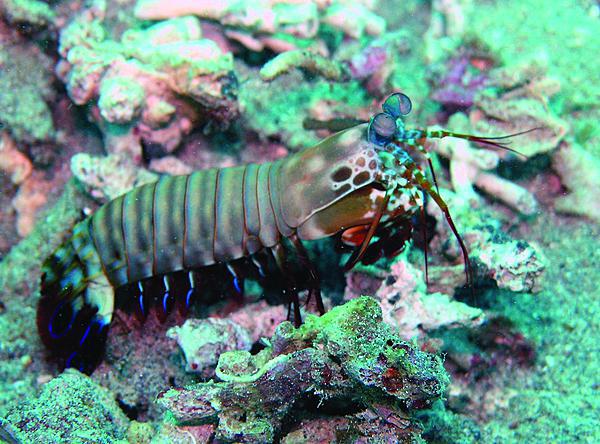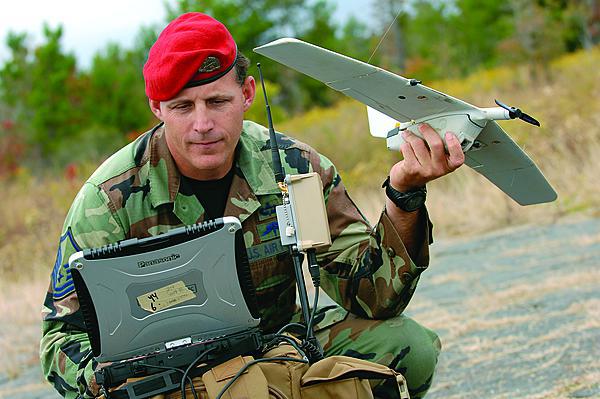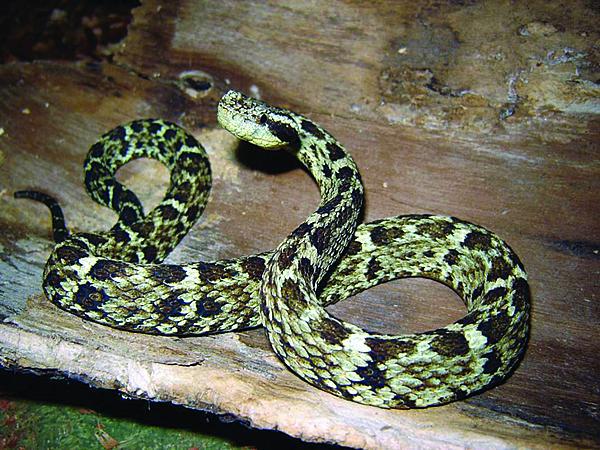Building Bridges Across the Pacific
Cutting-edge warfighter technologies, ranging from nanoscience products to micro air vehicles, are advancing through the combined efforts of multinational top researchers within the Asia-Pacific region. This technical collaboration is driven in part by a U.S. Air Force research and development office in Tokyo, which is building international relationships while optimizing the intellectual talent within one of the world’s most active arenas for scientific breakthroughs.
A U.S. Air Force research directorate connects scientists and engineers from many countries.
Cutting-edge warfighter technologies, ranging from nanoscience products to micro air vehicles, are advancing through the combined efforts of multinational top researchers within the Asia-Pacific region. This technical collaboration is driven in part by a U.S. Air Force research and development office in Tokyo, which is building international relationships while optimizing the intellectual talent within one of the world’s most active arenas for scientific breakthroughs.
The Asian Office of Aerospace Research and Development (AOARD) promotes science and scientific interchange across the region by generating and monitoring contracts and grants between the Air Force and overseas research and development organizations. It is a directorate of the Air Force Research Laboratory (AFRL), Wright-Patterson Air Force Base, Ohio, and as such, keeps the laboratory informed when scientific breakthroughs occur. The AOARD currently is overseeing about 150 public domain research efforts in the region. “Our mission is to build relationships between scientists and engineers in Asia and the Pacific region with their counterparts in AFRL. We look for unique work that might be helpful to the Air Force,” says Misoon Mah, who took over as AOARD director earlier this year.
The ultimate goal is to benefit warfighters by tapping the best and brightest from a region renowned for science and technology advances. “This region, this scientific community, is very exciting because it is growing really fast. The Asia-Pacific region is one of the fastest growing areas and publishes more scientific papers compared to other regions globally,” Mah says. “We’ve been supporting the research of some of the world’s best scientists. We work closely with them and also with researchers at AFRL.”
AOARD has three primary means for building relationships: awarding grants and contracts; funding workshops and conferences; and paying for prominent scientists to visit Air Force laboratories for seminars and technical discussions with Air Force researchers. AOARD’s approach to awarding grants or contracts differs from most U.S. Defense Department projects and is designed to obtain results quickly. “One of the advantages of our work is that research goes much further here than in the United States. Typically, our research grants are only for a single year. We sometimes support a project for a couple of years, but most of our programs we support on a one-year basis,” Mah explains. “That is an advantage because scientists here understand that if their program moves forward with a lot of interest, we can continue support, but if not, we can terminate after one year, which doesn’t usually happen in the United States.”
Because AOARD is collocated with Army and Navy personnel, it also fosters relationships between the services. Established in 1992, it shares offices at Hardy Barracks, Tokyo, with the Army’s International Technology Center and the Office of Naval Research Global-Asia. “Typically, we collaborate on the projects. It is usually not just a one-service project; it could be a tri-service effort. We have no walls between the services, which is unique,” Mah reports.
The organization’s research areas closely align with the interests of the AFRL. Areas of study include aerospace, chemical and material sciences; physics and electronics; and mathematics, information and life sciences. AOARD is currently working with Korea on nano bio information technology research and with Taiwan on silicon nanochips. Other projects include micro air vehicle programs with India and ceramic laser research with Japan.
Additionally, AOARD is studying the mantis shrimp with Australia to learn more about natural models for autonomous control and spatial navigation. The shrimp also is being investigated for their punching power. The creature, known as a stomatopod, uses an oversized appendage to attack prey. The fist-like appendage accelerates faster than a .22-caliber bullet and reaches speeds of more than 45 miles per hour, smacking its prey with roughly 200 pounds of brute force. It can penetrate mollusk shells and shatter glass. Researchers believe the crystalline material that composes the shrimp’s fist might lead to lighter, more effective body armor.
AOARD also has funded research to develop technology for a fleet of mini rescue robots to search for disaster victims. The goal is to build a force of micro robots using commercial off-the-shelf technology. The research includes mimicking the infrared vision of pit vipers. The mini-bots have their own onboard power supply, control and guidance logic, a self-righting capability and simple navigation.
Some of the basic research eventually will lead to advances in command, control, communications, computers, intelligence, surveillance and reconnaissance (C4ISR) for the warfighters, Mah points out. “For example, something like a situational awareness measurement for submarine track management. We do that with the Navy,” Mah says. Other basic research areas potentially beneficial to C4ISR efforts include trust in autonomous systems, human-machine interface, cognitive influence and data discovery.
In 2006, AOARD researchers announced a major breakthrough in quantum dot photovoltaic technology, which could be useful for infrared sensors and detectors or for low-power electric lighting. AOARD funded researchers from Thailand on the project. Quantum dots capture light more efficiently than other materials and convert it to an electrical signal. They can be tuned easily to specific wavelengths ranging from infrared light emission or absorption.
AOARD works indirectly with the U.S. Pacific Command through the Mutual Defense Assistance Office (MDAO) at the embassy in Tokyo. Personnel from MDAO, a joint service organization that facilitates defense equipment and technology exchanges between U.S. and Japanese governments and industries, report AOARD activities to Pacific Command. MDAO’s mission includes strengthening the U.S.-Japanese relationship, enhancing interoperability, assisting industry and improving capabilities of the Japan Self Defense Forces.
Mah reports that challenges to building relationships in the region tend to be more political than technical. “For example, the Japanese constitution has article nine, which rejects military support at all. It poses a lot of difficulty in terms of collaboration. That is a serious one,” Mah says. Article nine states that the Japanese people forever renounce war as a sovereign right of the nation and the threat or use of force as means of settling international disputes. For that reason, land, sea and air forces, as well as other potential war capabilities, will never be maintained. The Self Defense Forces are considered an extension of the national police force. They are supposed to be maintained at a bare-minimum level, just enough to defend the country.
China, meanwhile, is a science and technology powerhouse in the region, but building relationships with the Chinese especially is tricky. “Another challenge is that by law, we need to get a waiver from the secretary of the Air Force International Affairs Office on a case-by-case basis when we deal with China,” Mah says. She adds that China is “growing really fast in the science and technology areas,” but “we don’t actually collaborate with them.” The closest the two sides come to collaboration is attending the same conferences.
AOARD has grown steadily and now boasts an annual budget of more than $10 million and a staff of about 20 multinational personnel. The staff includes nine program managers, two scientific advisers, a network administrator and six support personnel.
AOARD was the second international directorate established by the AFRL. The European Office of Aerospace Research and Development in London was the AFRL’s first international office. Another office in Alexandria, Virginia, focuses on Canada. More recently, the AFRL established the Southern OARD in Santiago, Chile, to build relationships with Mexico and Central and South American countries.
Mah served for several years as a program manager for electronics and semiconductors at AOARD and also as a research scientist at the AFRL’s sensors directorate. As AOARD director, she says she hopes to continue, and possibly expand, the organization’s international relationship-building efforts.







Comments